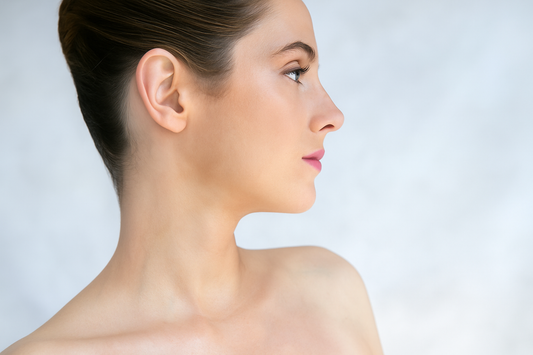We are immersed in summer, which as usual has come with unbearable heat waves, turning any shade into our best ally. Paradoxically, this repulsion to heat does not occur with the sun, which we eagerly seek to get tan. Especially if we have a pool or the sea nearby.
The goal is very tempting, even more so if we take into account that sun exposure makes us feel good and helps our body synthesize the famous vitamin D. However, you have to be very careful with side effects, since we are talking about the main cause of premature aging of skin tissue . A large number of scientific studies have shown that it can damage DNA and increase the risk of skin cancer . Then what do we do? Do we sunbathe or not?
The answer is simple: if we talk about aesthetics, we should always protect the face, neckline and hands. At Method R we strongly recommend physical protection by being in the shade and by using clothing, caps and hats.
On the other hand, if we talk about health, adults can sunbathe for 15-20 minutes without protection, avoiding the central hours of the day, and always being aware of how bad it is to get sunburned and the importance of avoiding it at all costs, especially in the smallest ones. The British Journal of Dermatology has published a study suggesting that sunscreen use does not reduce vitamin D synthesis . Possibly because sunscreens do not offer 100% protection and because they take about 20 minutes to start taking effect. So, don't obsess over those 15 minutes without photoprotection either.
In any case, remember that sun exposure in winter is not the same as in summer. and that the need to protect light skin of a brunette from the sun varies, so these tips are indicative.
Another of the most frequent doubts at this time of year is whether sun exposure affects all ages equally. The answer is a definit no.
Follow these rules: babies up to 2 years old should not be exposed to the sun at all, children should always wear photoprotection , adults can spend 15 or 20 minutes in the sun without protection, avoiding the central hours of the day. After the age of 55, the skin loses the ability to produce vitamin D, so exposure may be a little higher, but always without burning. And remember that we are exposing general advice. Each person is a different world and each skin is another, so if you have any questions, consult your dermatologist.




